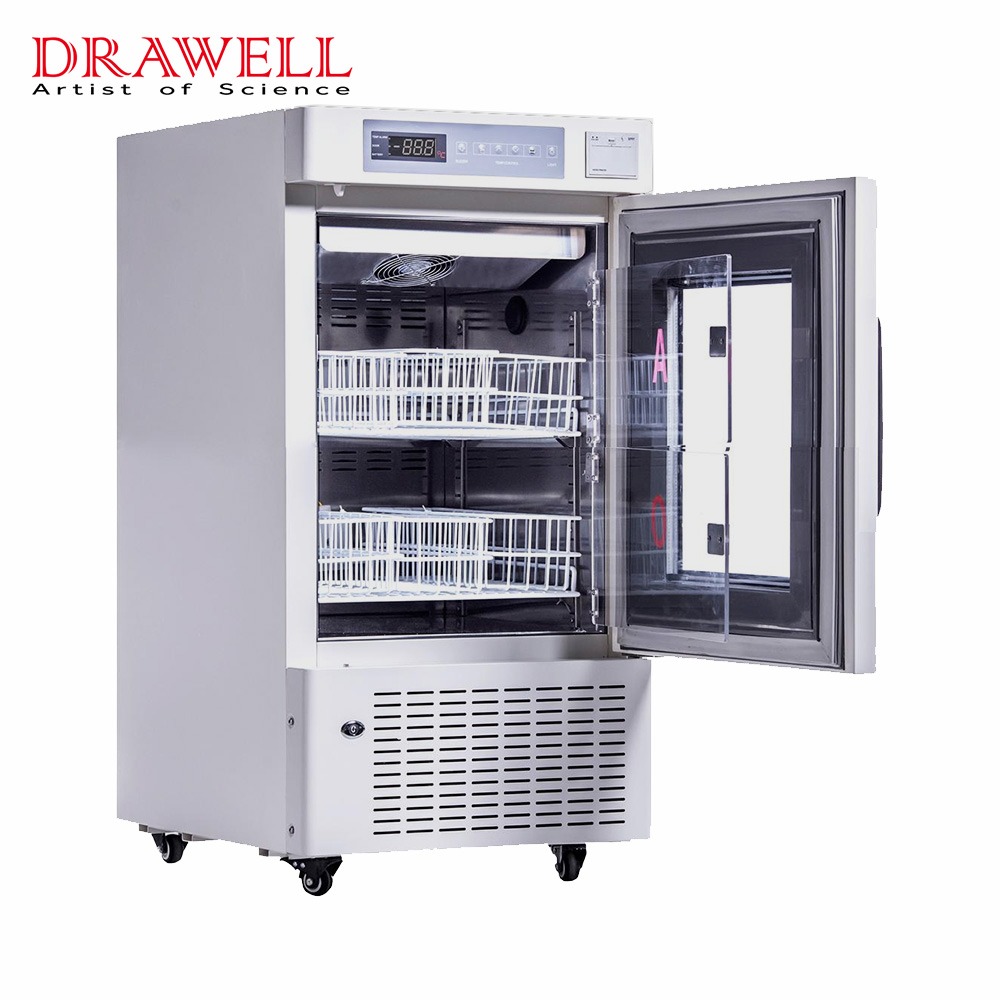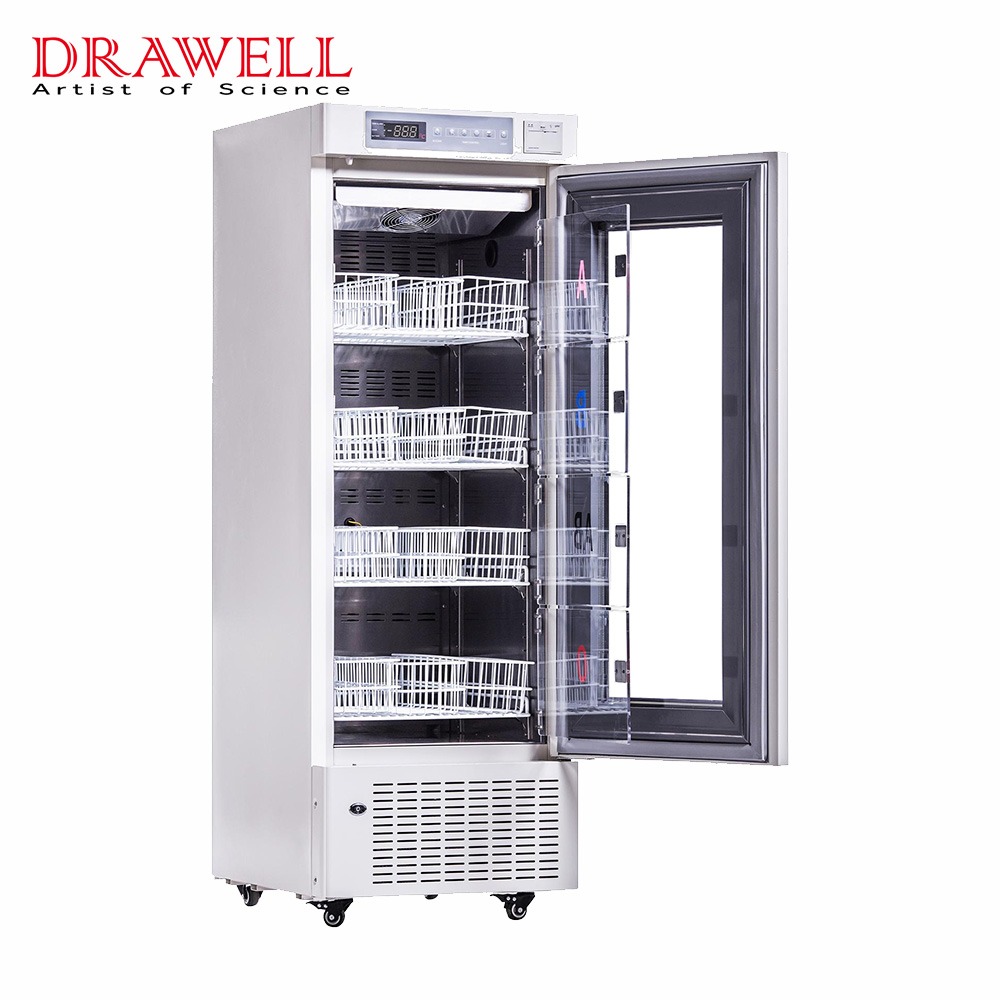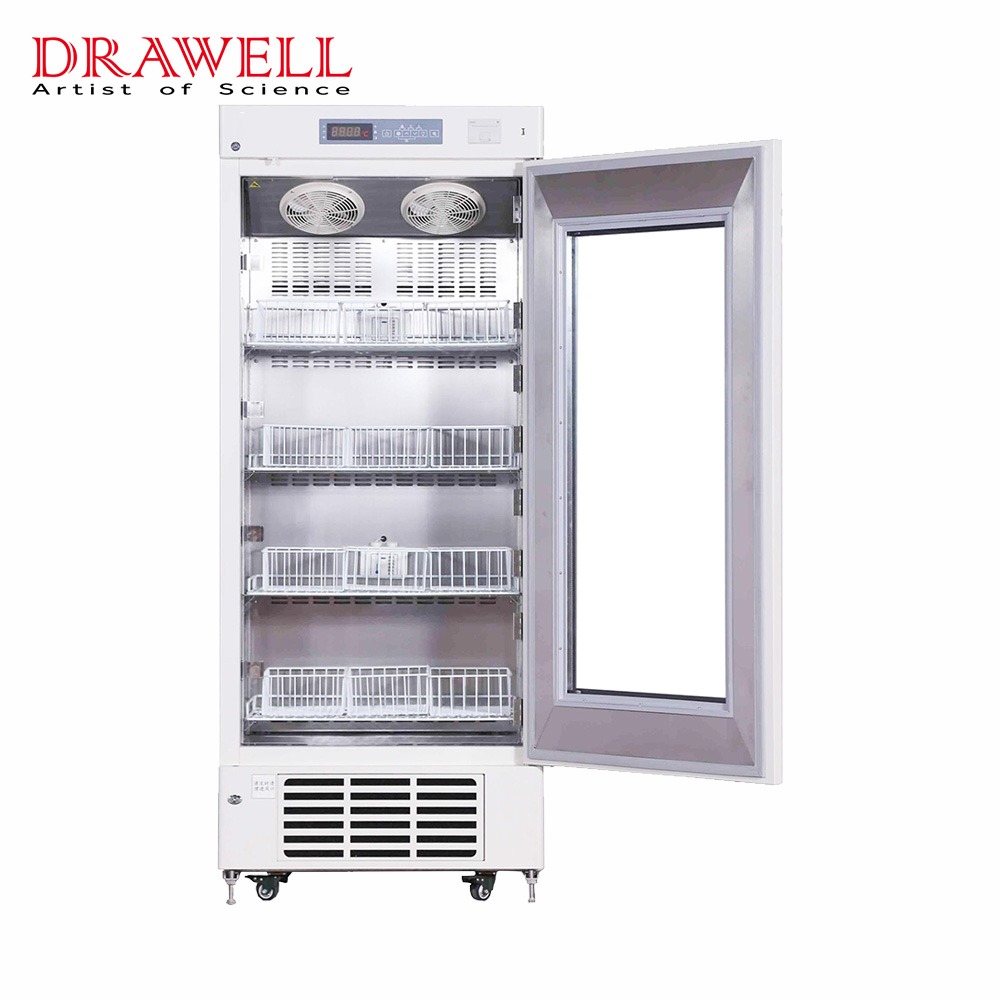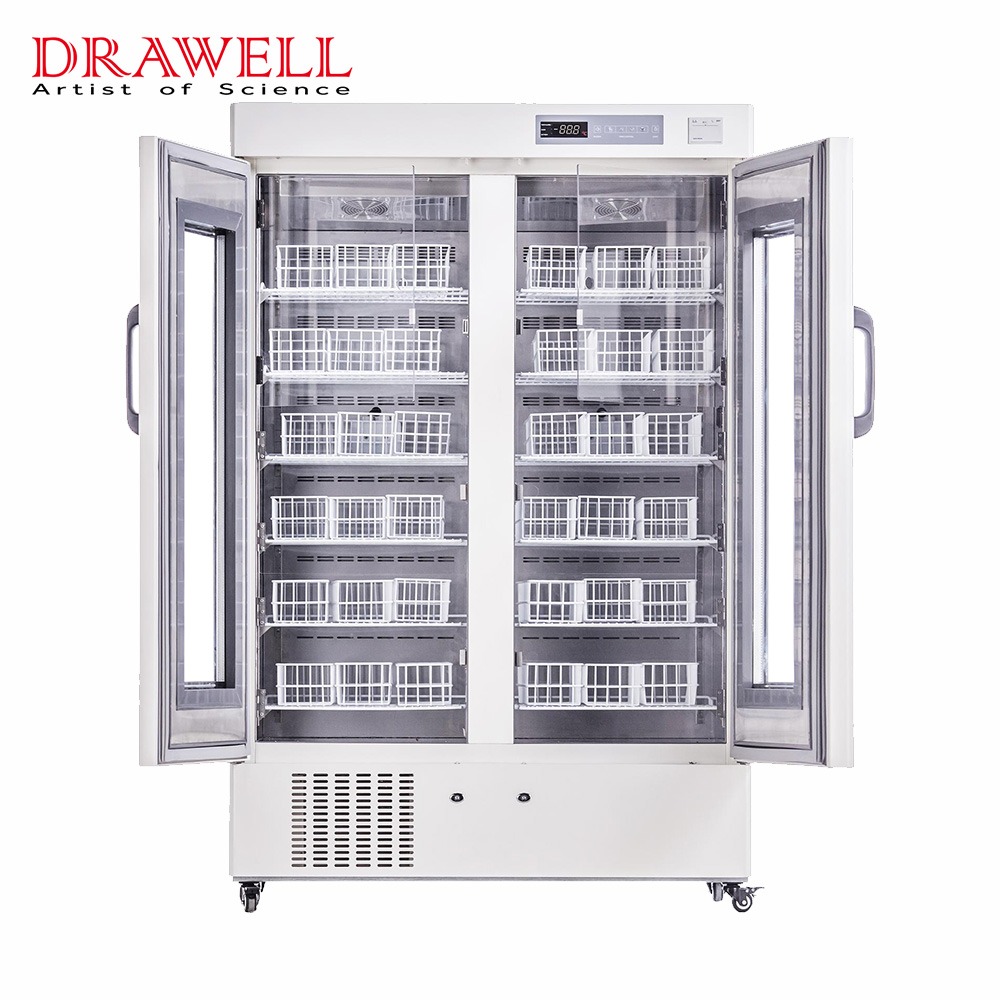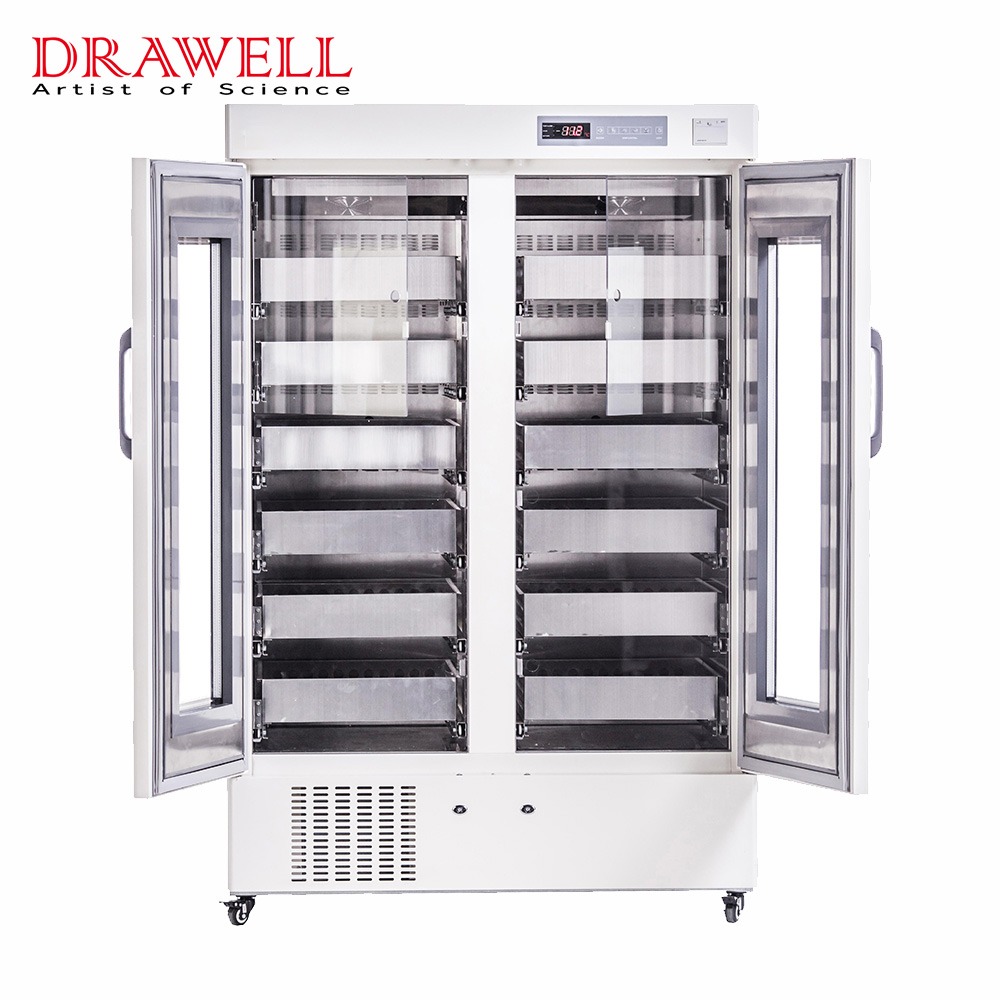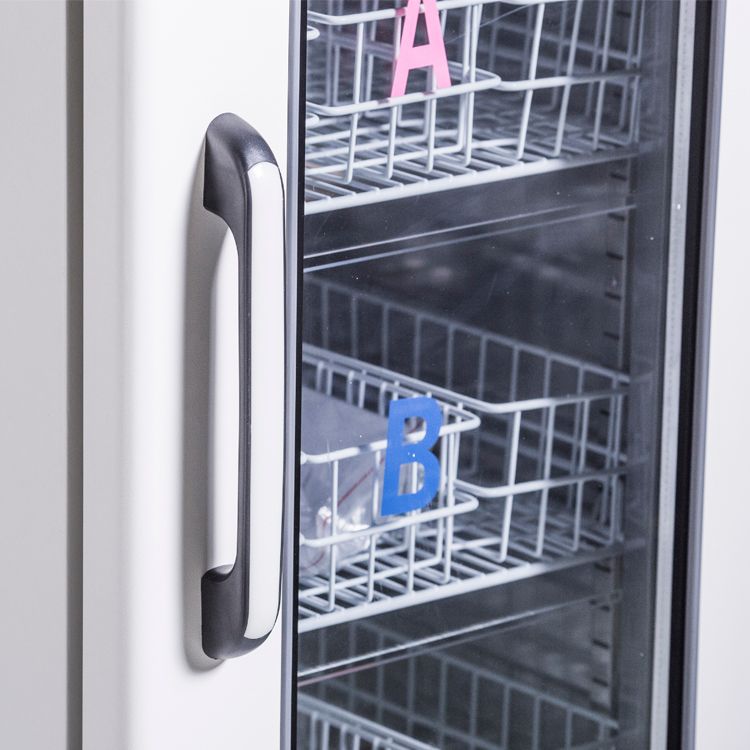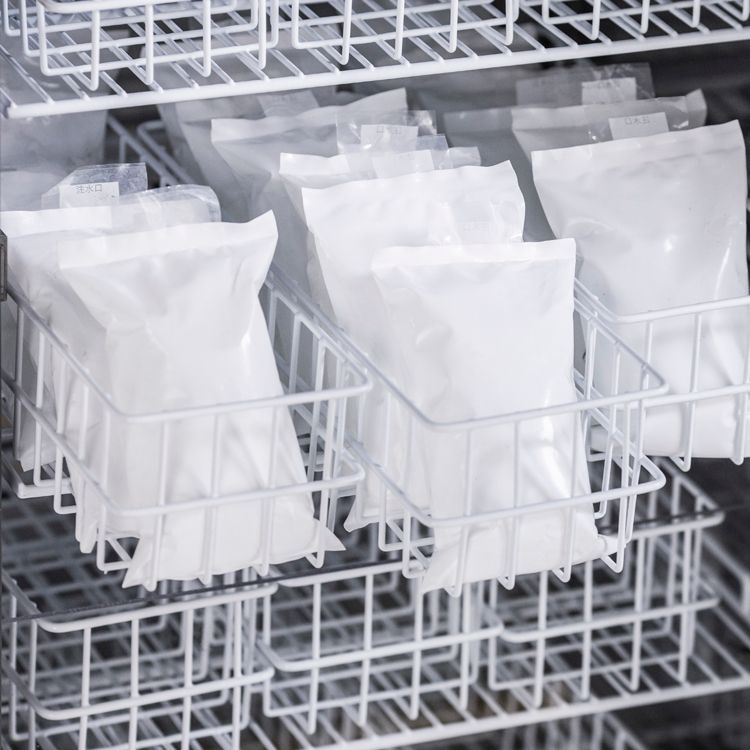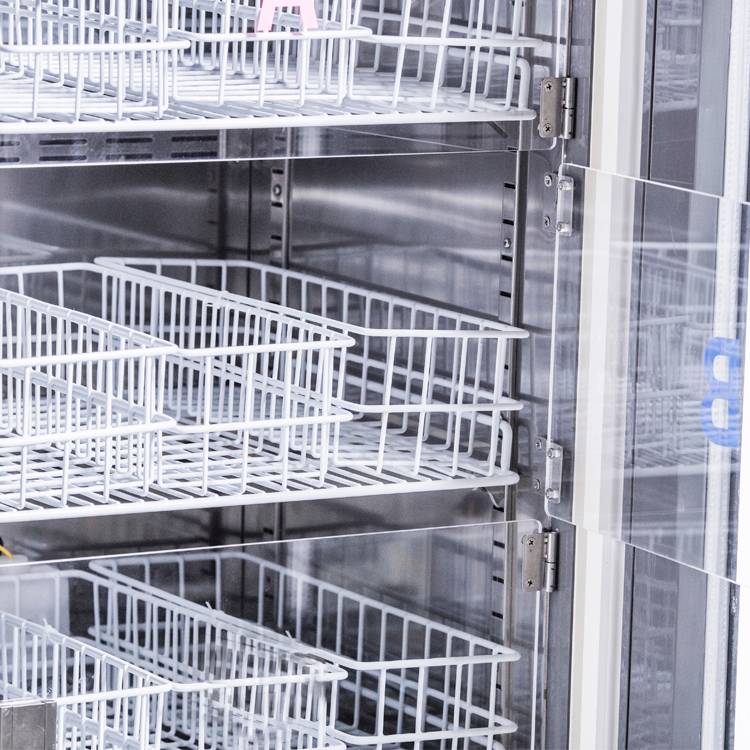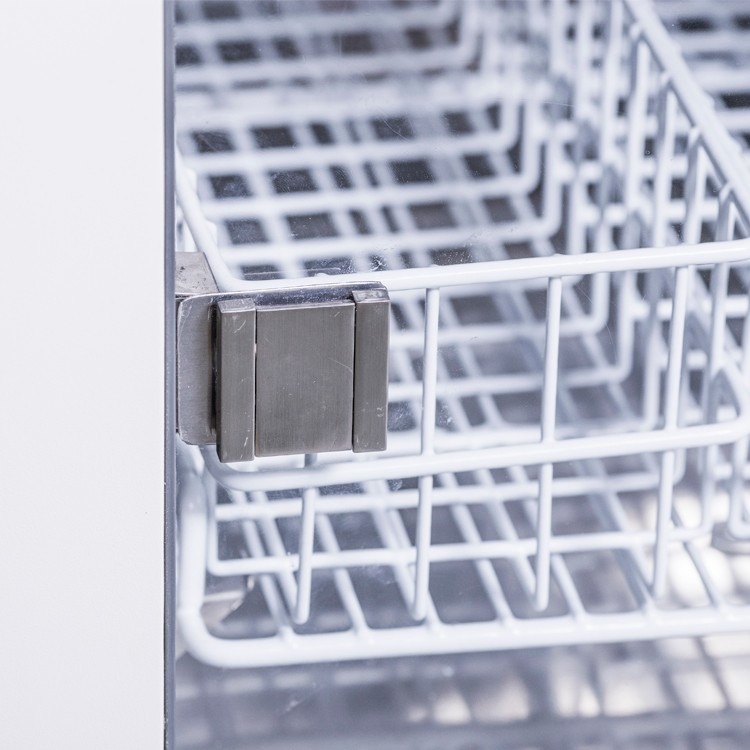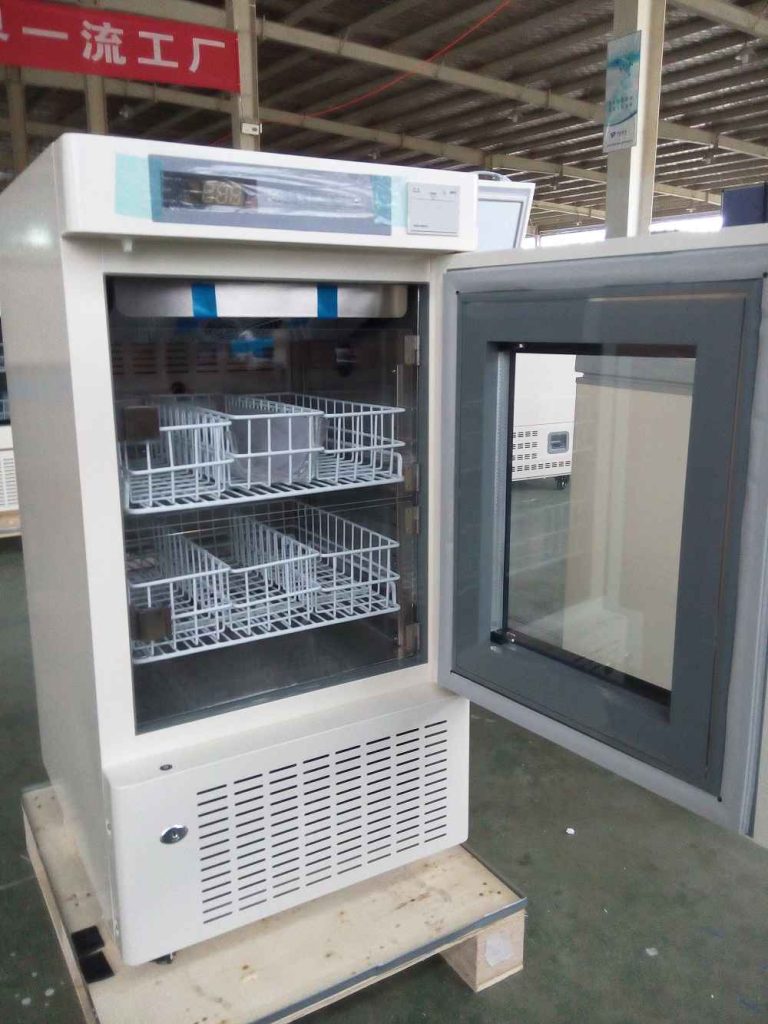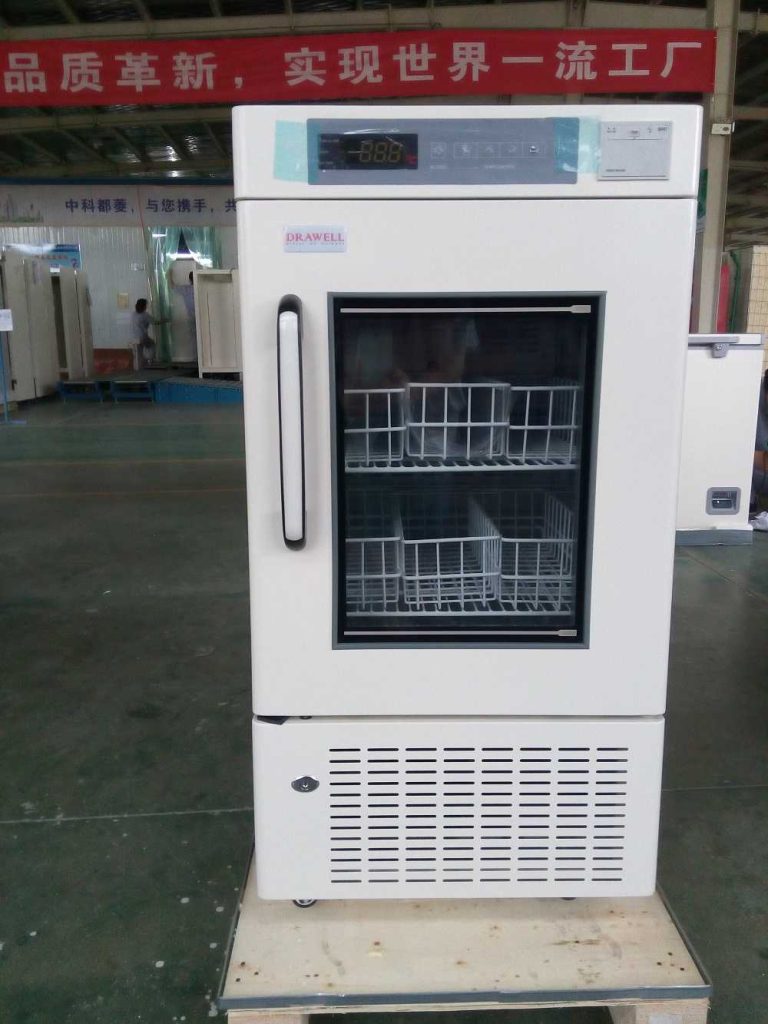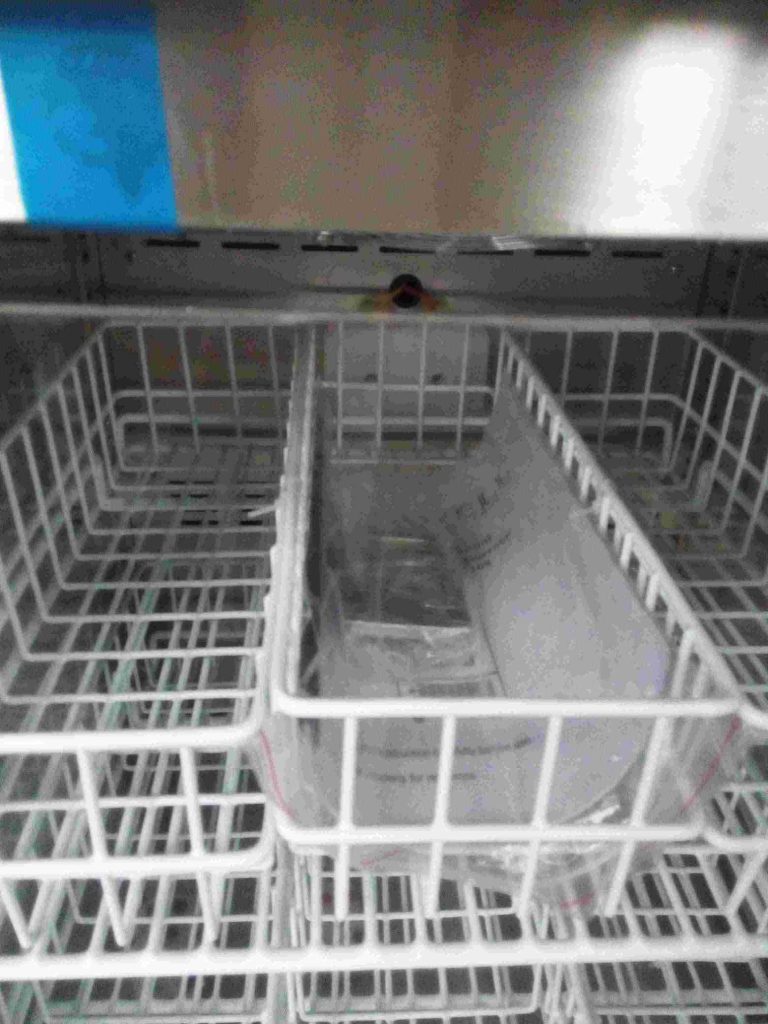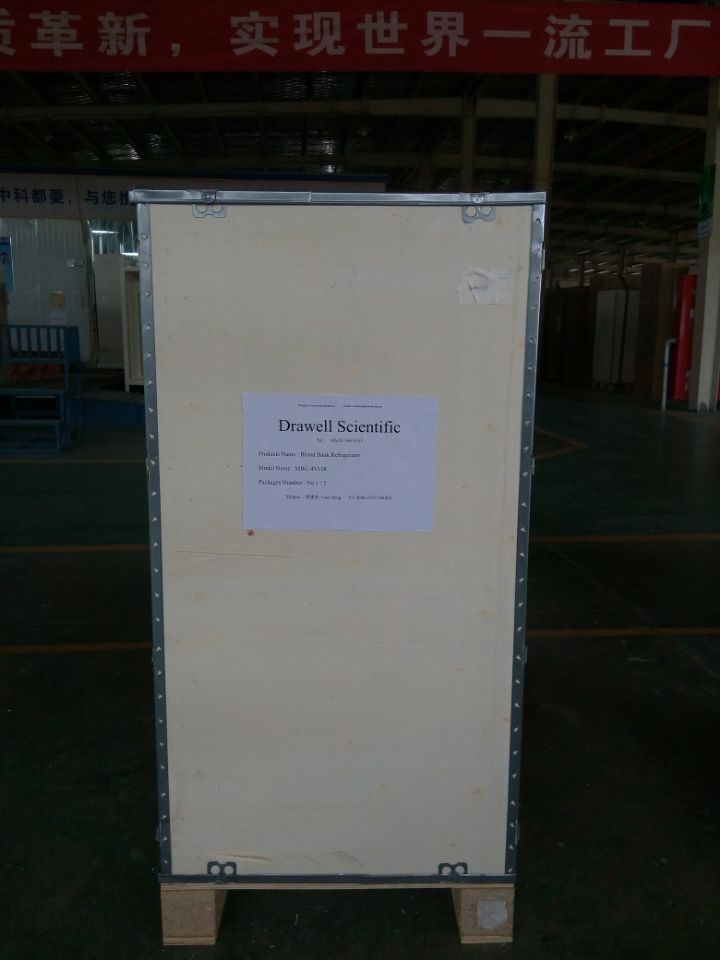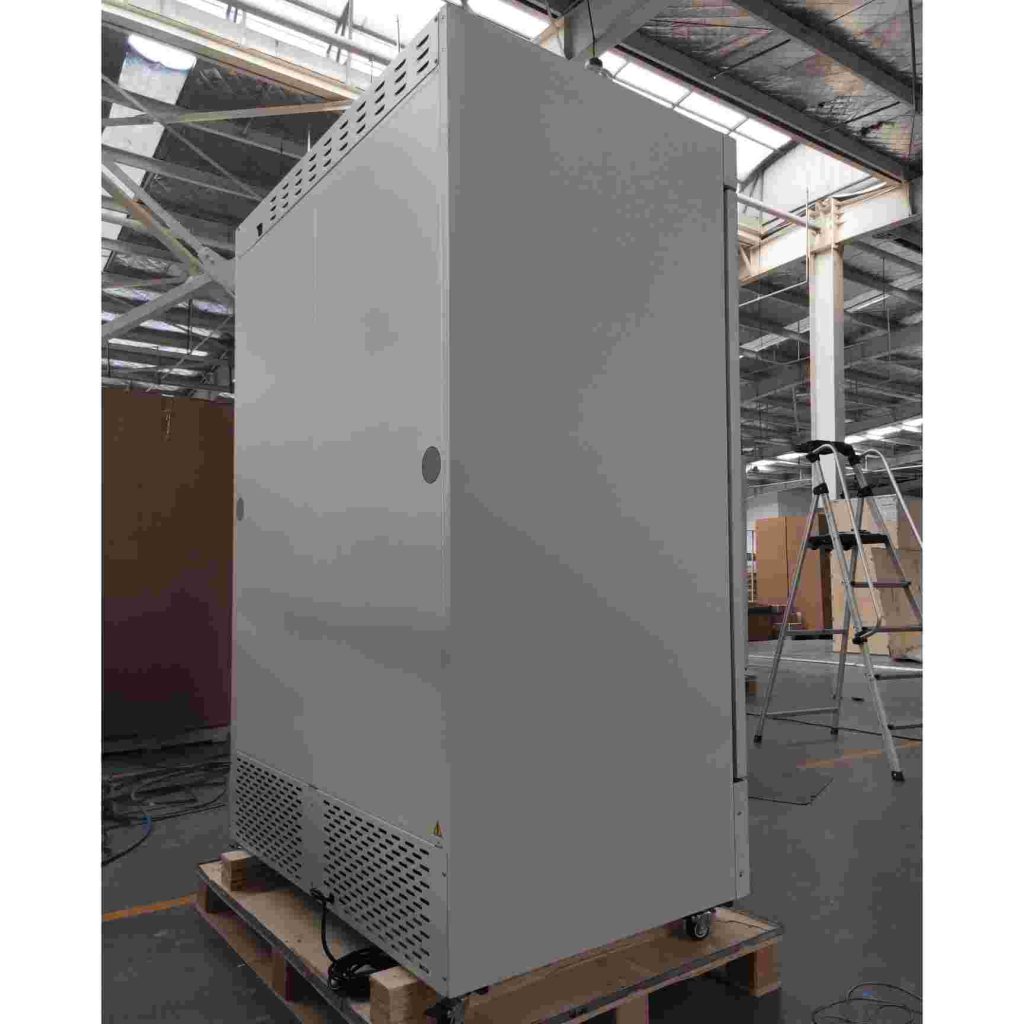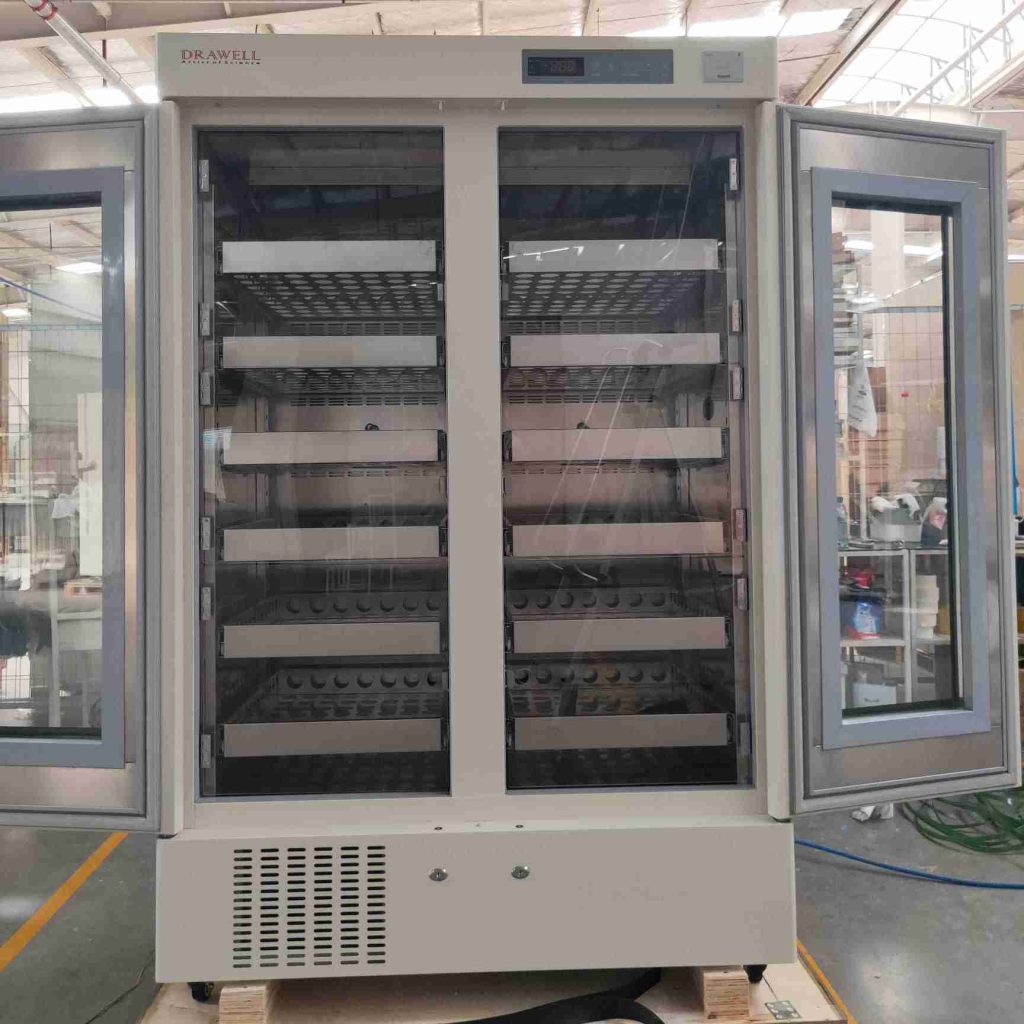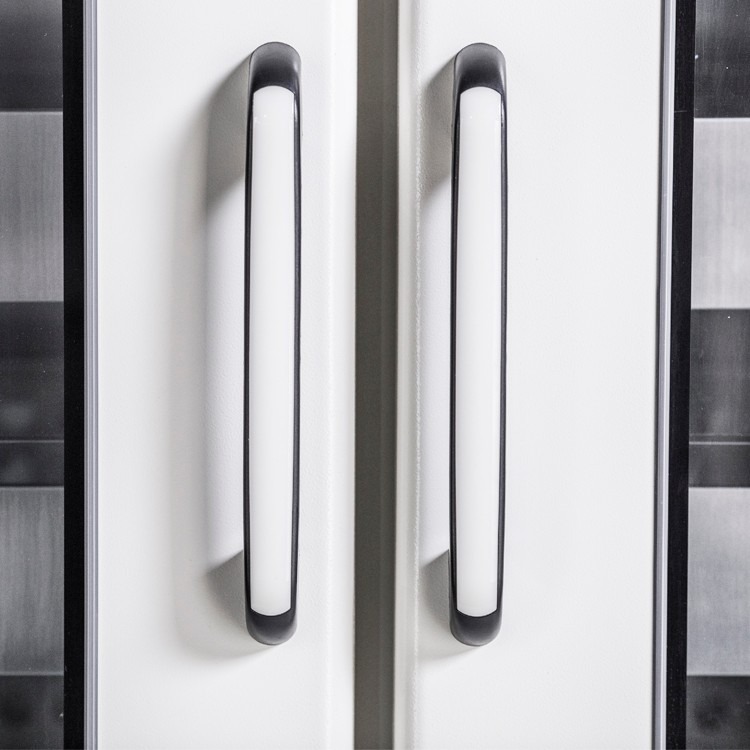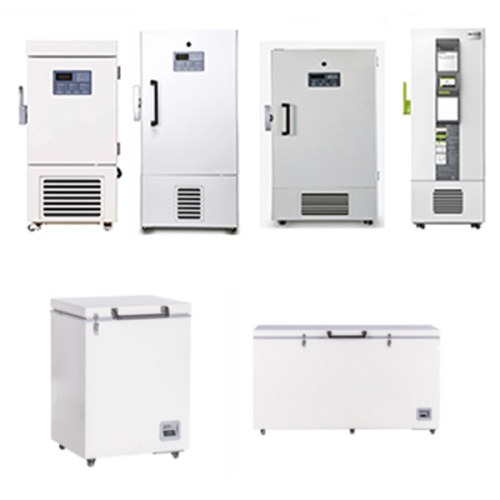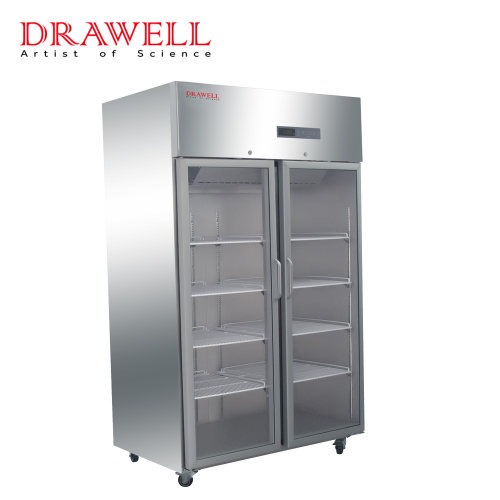4℃ Blood Bank Refrigerator
4℃ blood bank refrigerators are specifically designed to store blood products at a precise temperature of 4°C, which is essential for maintaining the viability and safety of blood components. These refrigerators feature advanced temperature control systems, alarms for temperature deviations, and energy-efficient designs.
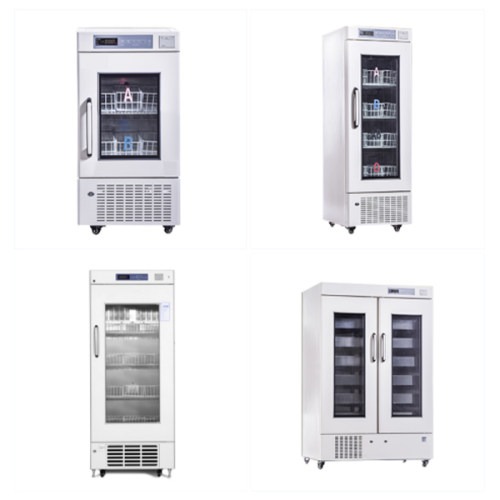
Features of Blood Bank Refrigerator
- Accurate microprocessor controller to ensure consistent cabinet temperature of 4±1°C.
- Specially designed forced-air cooling system to ensure fast-free cabinet and good temperature uniformity.
- Three-layer toughened glass door with a heater to avoid condensation.
- 304 stainless steel inner chamber for friendly use and easy cleaning.
- Wide available voltage range: 187V~242V.
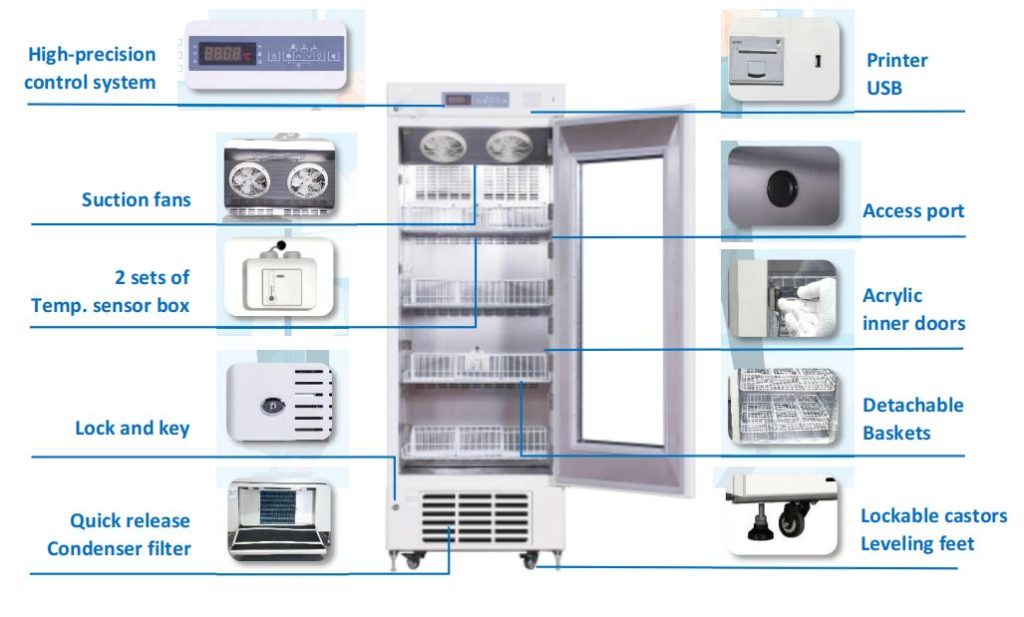
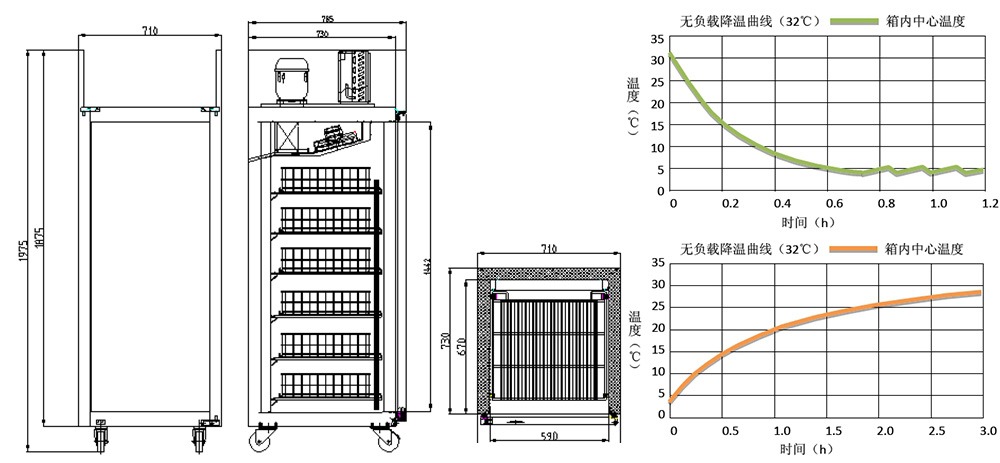
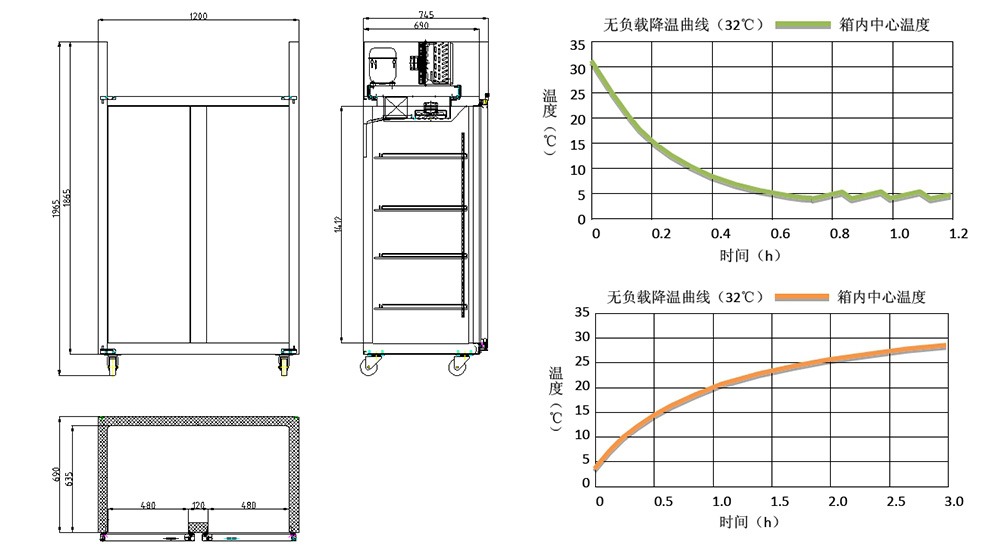
Safety
- Safety door lock and controller sting password to prevent unauthorized access.
- Build-in back-up battery to display temperature and to operate audible and visual alarm system for up to 72 hours without AC power.
- Inner doors and auto on/off the cooling fan to prevent cold air from leaking out when the door is opening when a controller or two sensors failed.
- Visual and audible alarm system: High/low temperature, power failure, sensor error, door ajar, low battery.
- Power failure protection: turn-on delay of the cooling system after power failure.
- Controller error protection: the cooling system will remember the normal working cycle and keep working depending on this memory when a controller or two sensors failed.
- Temperature printer: print current inside temperature automatically per 10 minutes.
Humanized Design
- 4 casters, and 2 casters with stopper for easy moving and fixation.
- 12 adjustable shelves and 36 blood baskets for easy use.
- Special designed service-free drainage system ensures no water in the cabinet.
- Standard 25mm test hole for easy connecting to temperature monitoring systems.
- Automatic on/off LED light with manual switch on the control panel.
Classification of Blood Bank Refrigerator
Golden Rules for 4°C Blood Storage
Precision Temperature Management
- Dual Monitoring: Use an NIST-certified thermometer (error < ±0.5°C) alongside built-in sensors, with data logged at ≤15-minute intervals (compliant with AABB standards).
- Alarm Thresholds: Set high-temperature alerts (>6°C) and low-temperature alerts (<1°C) to prevent RBC hemolysis or plasma freezing.
Blood Layering Strategy
- Upper Shelves: Whole blood and red cell suspensions (minimize door-opening disruptions).
- Middle Shelves: Fresh frozen plasma (label thaw dates to avoid refreezing).
- Lower Shelves: Backup ice packs or isolation trays (prevent blood bags from contacting condensation).
- Prohibit Mixed Storage: Separate blood from vaccines/ reagents to avoid cross-contamination!
Door Opening Control
- Single door opening ≤30 seconds; total daily access time <10 minutes (temperature recovery ≤2°C).
- Pre-plan retrieval lists for bulk operations to minimize repeated access.
Why is 4°C the “Gold Standard” for Blood Preservation?
1. Red Cell Viability:
4°C slows metabolism, extending shelf life to 42 days (temperatures >6°C accelerate ATP depletion, causing hemolysis).
2. Bacterial Suppression:
Below 4°C risks RBC membrane damage.
Above 4°C promotes bacterial growth (e.g., platelets require separate 22°C storage).
3. Regulatory Basis:
FDA 21 CFR 606: Mandates documentation and safety assessment for temperature deviations.
AABB Standards: Allow ±2°C fluctuations but recommend tighter control (±1°C).

